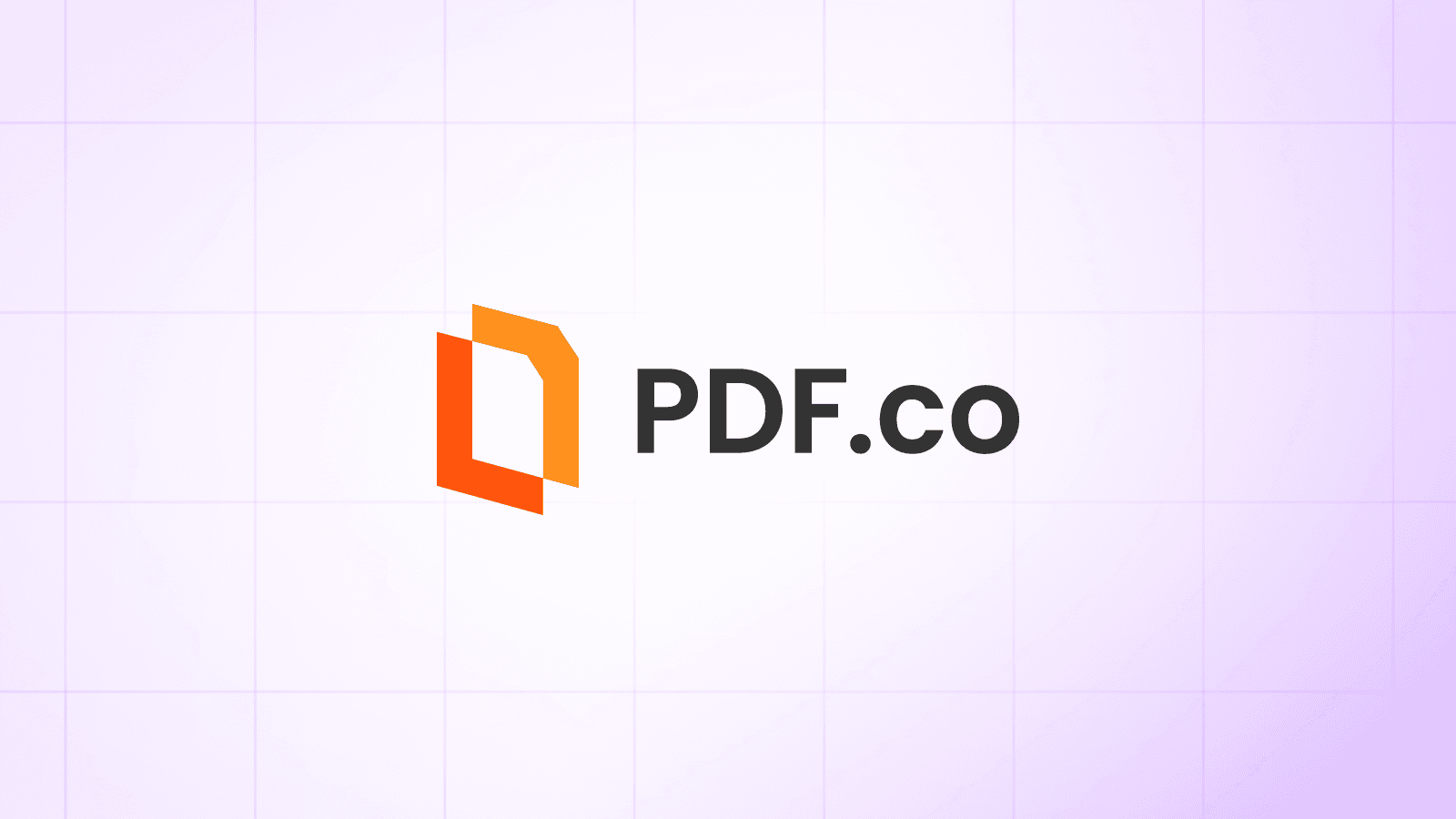Save Every Outlook Email as PDF in Google Drive using PDF.co and n8n
Jun 10, 2025·3 Minutes Read
What You'll Have When Done: Every Microsoft Outlook email automatically saved as a PDF into a specific Google Drive folder.
Prerequisites
Make sure you have these set up:
- Microsoft Outlook account
- PDF.co API Key
- n8n instance (self-hosted or n8n.cloud)
- Microsoft Graph OAuth2 credentials added in n8n
- Google Drive OAuth2 credentials added in n8n
Quick Start Options
Option A: I Want It Working Now
- Import this workflow template → Download JSON File
- Connect your Microsoft, Google, and PDF.co accounts
- Test with a sample email
- Customize later if needed
Option B: I Want to Build It
Follow the 6-step guide below to create the automation from scratch.
What This Automation Does (Overview)
- Trigger when a new Outlook email arrives
- Download the email as .eml using Microsoft Graph
- Upload the .eml to PDF.co
- Convert it into a PDF
- Download the PDF
- Upload it to a Google Drive folder
Step 1: Trigger on New Outlook Email
- Node: Microsoft Outlook → Message Received
- Settings: Use defaults
- Test: Click
Fetch Test Event
Success Looks Like:
{
"id": "AAMkAGE...",
"subject": "Test Email",
"from": {...}
}Step 2: Download the Email as .eml
- Node: HTTP Request
- Settings:
- Method:
GET - URL:
https://graph.microsoft.com/v1.0/me/messages/{{ $json.id }}/$value - Authentication: Generic Credential Type
- Generic Auth Type: OAuth2 API
- OAuth2 API: Microsoft Graph OAuth2
- Response Format:
File - Put Output in Field:
data
- Method:
Success Looks Like: A file is returned (MIME type may say text/plain, which is okay).
Step 3: Upload .eml to PDF.co
- Node: PDF.co - Upload File
- Settings:
- Enable Binary Data:
true - Input Binary Field:
data - File Name:
email.eml
- Enable Binary Data:
Success Looks Like:
{
"url": "https://pdf-co-temp-files.s3.amazonaws.com/..."
}Step 4: Download PDF
- Node: HTTP Request
- Settings:
- Method:
GET - URL: Use output file URL from Step 4
- Authentication:
None
- Method:
Success Looks Like: PDF binary data appears in output.
Step 5: Upload to Google Drive
- Node: Google Drive → Upload File
- Settings:
- Input Data Field Name:
data - File Name: (optional: use
{{ $json.subject }}.pdfor a timestamp) - Parent Drive: My Drive
- Parent Folder: Select your desired Google Drive folder
- Input Data Field Name:
Success Looks Like: PDF appears in your Drive!
Final Test: End-to-End
- Send yourself an email
- Execute the full workflow
- Open Google Drive – your email should be there as a PDF!
Congrats! You've automated email archiving securely and paperlessly.
Built something cool? Share it with us @pdfdotco
Related Tutorials

Automatically Extract Invoice Data from Email and Save to Google Sheets
Jul 16, 2025·3 Minutes Read


Automatically Fill and Process Loan Application PDFs from Typeform Submissions
Jul 16, 2025·3 Minutes Read

Auto-Fill & Flatten PDF Forms from Google Form → Google Sheets → PDF.co (n8n)
Nov 14, 2025·6 Minutes Read